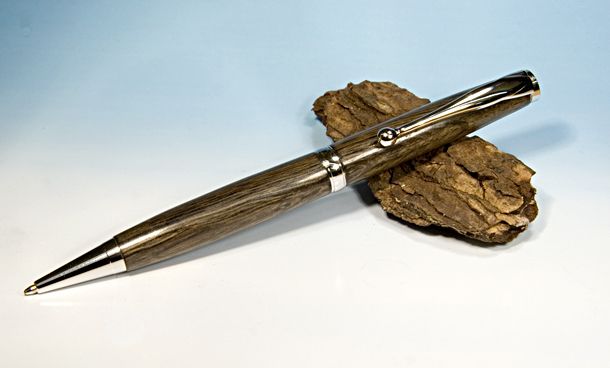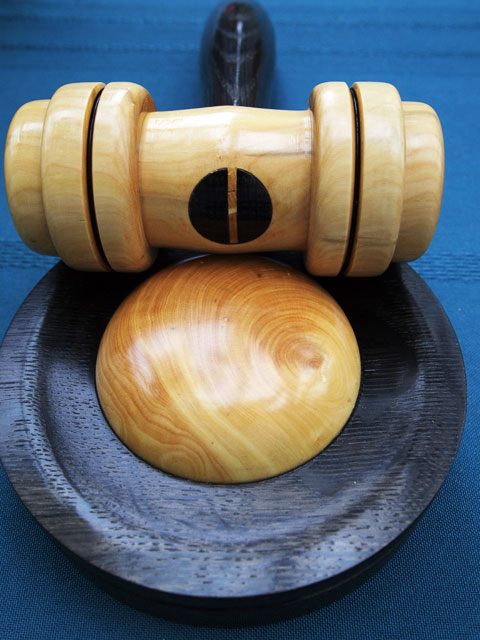jonesbones
Established Member
hi I wonder if anyone has a good method of polishing Irish bog oak tried a couple of ways thin ca glue polishing by buffing . but it dosent seem to work very well any ideas welcome jonesbones











CHJ":30ezloev said:As a matter of interest I find really old bog oak, the dry splitting dusty variety, does not readily activate CA glue without an accelerator, then you need an accelerator that does not leave a white deposit.
jumps":1x7vjdjf said:not sure 'old' is the right descriptor here Chas,.....
Enter your email address to join: